Author’s Note: Post updated December 2021
Ladies and gentlemen, as we start our descent into the Axis of Evil, please ensure your seat backs and tray tables are in their fully upright position.
Okay, just to clarify, that wasn’t what the airline cabin crew announced as we approached Tehran’s Imam Khomeini International Airport (IKA). Half expecting weapons galore and an oppressive atmosphere, I was both relieved and disappointed with the lack of drama entering Iran. If it were not for the pictures of the Ayatollahs hanging over each luggage carousel in the reclaim area, I could have been landing anywhere.
WHY IRAN? WHY, WHY, WHY!
Yes, why travel to a country that is consistently on the receiving end of negative news coverage for a multitude of reasons. Iran was one of George W. Bush’s original Axis of Evil states (Iraq and North Korea were the others). Solo female travel in Iran is not a popular search phrase in Google so what possessed me to take on such a travel challenge? And was I mad to do so?
I met two separate Kerry people who had already visited Iran (solo male, female with her husband) and all gave a positive review of the country. But it was Levison Wood’s From Russia to Iran television documentary that planted the idea in my head and prompted me to begin research in earnest.
Solo female travel in Iran is not an insane undertaking. In fact, it’s quite do-able and here are my tips and advice for ladies pondering a visit to this vast and varied country alone. But much of the advice here is applicable to all tourists visiting Iran.
TRAVEL ESSENTIALS
Safety:
This was the most obvious prior concern for tourists I met there which transpired to be the least concerning issue of all. Family and friends had visions of me being robbed, kidnapped, or wrongly detained by the authorities for a variety of reasons including spying. Thankfully they were all wrong and I returned home to spread the message that I felt completely safe in Iran.
I didn’t see a significant police presence in Iran but, when I did, I noticed a respectful attitude in the body language of individuals dealing with them. I saw no instances of public disorder nor any unsavoury characters. ISIS/ISIL is not active in Iran. In fact, the Iranian people and government want to rid the world of this terrorist organisation as much as other countries do.
My own government’s travel advisory designated Iran as requiring a High Degree of Caution, the same level as France. At the time, it advised against travel to specific areas near the Pakistan, Afghanistan and Iraq borders. Follow the advice that your own government’s foreign office/department provides and register your travel plans with them prior to visiting Iran. At the time of my visit, US citizens were advised not to travel to Iran.
For families who wish to travel to Iran, the country is culturally child-friendly.
Dress Code in Iran:
Iran is an Islamic country so certain dress codes apply the minute you land on Iranian soil. For women, the only exposed body areas allowed are the face, feet and hands. Hair must be covered with a headscarf or hijab. I recommend bringing clips to attach the headscarf to your hair. Facial make-up is very much a thing. Glamorous is the default look.
Tops must be long enough to cover your buttocks and not be tight-fitting. A baggy shirt, long cardigan, knee-length jacket and tunic are fine. Some say that sleeves must be wrist-length but I got away with sleeves rolled up to below my elbows. Chadors must be worn in certain places of worship but will be provided at the entrance.
The overwhelming majority of women I saw in Iran wore trousers with skinny jeans the most popular of styles. Sandals are acceptable as is toe nail varnish. There is no obligation to dress in black. In fact, the clothing industry appears to be inspired by the vivid colours of the Persian Empire era. And despite the sartorial limitations, I found Iranian women to be classy and elegant with their style.
For men, it’s much simpler. Trousers and shirt/t-shirt are the norm. Sandals are acceptable but shorts are not.
Cultural issues/sensitivity:
One would think that solo female travel in Iran is challenging/impossible due to the strict Islamic culture in the country. With a few exceptions – sacred sites, public transport, dress code – the cultural barrier was minimal.
Women are not permitted to sing in public unless performing to an all female audience or part of a chorus for a mixed gender audience. Public dancing is illegal for everyone.
On the Tehran metro, there were separate carriages for men and women. In certain places of worship there were separate entrances and prayer areas for the genders. Sometimes the cultural barrier was the butt of their jokes.
Alcohol is completely banned.
Research Tarof prior to your trip. Tarof is the Iranian etiquette of giving and receiving.
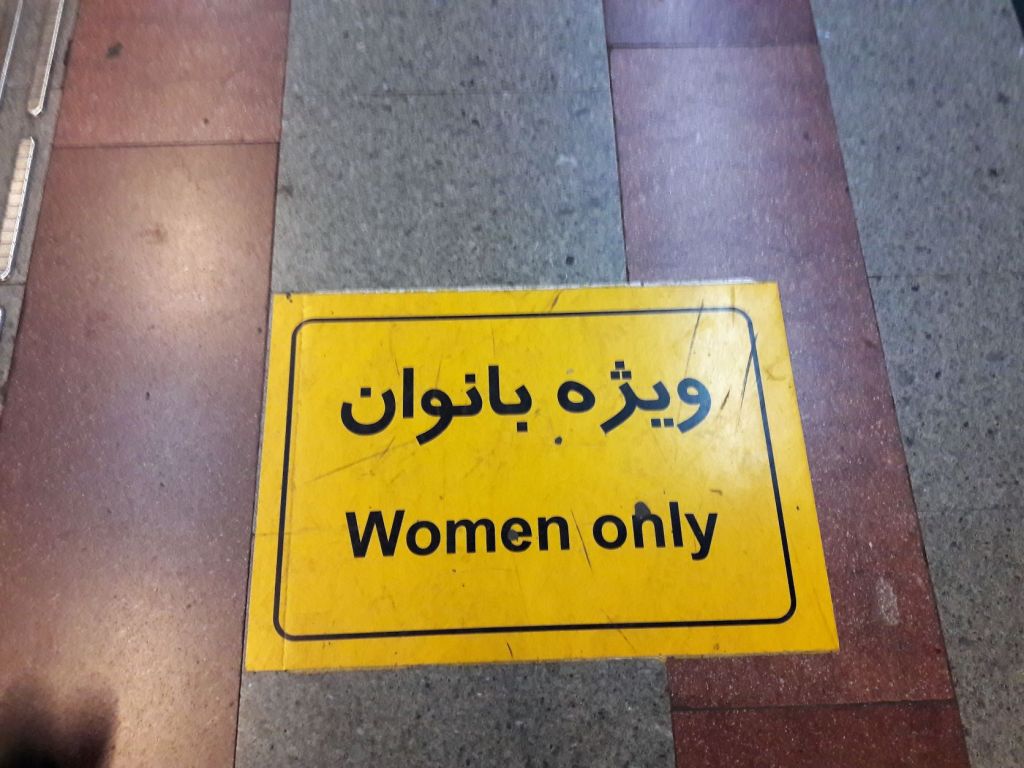
On the whole, I found people to be friendly, educated, well-informed, and tolerant. Everybody welcomed my probing questions and nobody I spoke to had extreme views on any topic discussed. In fact, their views on Middle East matters were in sync with many Western commentators and governments. I elaborate on this at the end of this post.
While Iran’s rich history dates back thousands of years, events in 1953 (CIA/MI6-backed coup that overthrew the democratically-elected Prime Minister Mosaddegh) and 1979 (overthrow of the Shah, a US-backed dictator, and the US Embassy hostage crisis) should be familiar to all travellers prior to travelling to Iran. I would also recommend watching the films of Oscar winner Asghar Farhadi.
Tourist Visa:
Although I was entitled to a Visa on Arrival, I chose to get an e-Visa in advance via the Iranian Embassy in Dublin. The majority of independent travellers whom I met also arranged their e-Visa in advance from their home countries.
Tourist visa requirements vary according to your nationality. Citizens from a number of countries, including most EU and ASEAN countries, are entitled to a Visa on Arrival. Citizens of a handful of countries, most notably the US, the UK and Canada, must apply for a visa in advance at the Iranian Embassy/Consulate in their own countries.
US, UK and Canadian citizens must remain with a government approved guide during their stay in Iran. Israeli citizens are not permitted to enter Iran.
Internet access:
Download a VPN if you don’t want a social media hiatus. I didn’t download a VPN so was unable to access the following sites: Facebook, Twitter, WordPress, YouTube, Airbnb, homestay.com, Hostelworld, BBC, Boston Globe.
However, along with this blog, the following sites were available: Google Search, Google Maps, Gmail, Lonely Planet, Tripadvisor, WhatsApp, Pinterest, Instagram, AccuWeather, Skyscanner, CNN, New York Times, Time, Newsweek, Der Spiegel, Le Monde, Le Figaro, The Guardian, The Independent (UK), Al-Jazeera, Sky News, France 24.
The Washington Post was available occasionally. For Irish folks, the Irish Times, Irish Independent, Irish Examiner, and local radio such as Radio Kerry were not blocked. However, RTE was blocked, which leads me to believe that the Irish national broadcaster is using a US server to host its online content.
Money/Currency:
The official currency is the Rial but everyone talks in Toman. One Toman is equal to 10 Rial. You may be asked for 5,000 Toman (or simply 5) which is actually 50,000 Rial. My advice is to always clarify if the price quoted is in Rial or Toman.
Prices are not displayed anywhere so there is ample opportunity to be ripped off. Only change currency at official exchange offices. At IKA, exit the arrivals hall, pass the taxi exit and continue straight ahead down the corridor. Change as little money as possible at the airport in Tehran as the exchange offices in Ferdowsi Square will give you a better rate.
Iran is cut off from the international banking system so international debit and credit cards such as Visa and Mastercard don’t work in Iran. Services such as Revolut and PayPal don’t work either. However, you can purchase a prepaid debit card called a Mah Card and use it during your stay.
Tipping is not mandatory in Iran. Handicrafts are expensive so be prepared to walk away if needs be.
Language:
Iranian people are Persians, not Arabs, so Farsi is the language used. Although many people in Tehran and in hotels elsewhere were able to speak English, it still pays to learn the basics. I didn’t get as far as learning the Persian alphabet but I would highly recommend learning the numbers in Persian script.
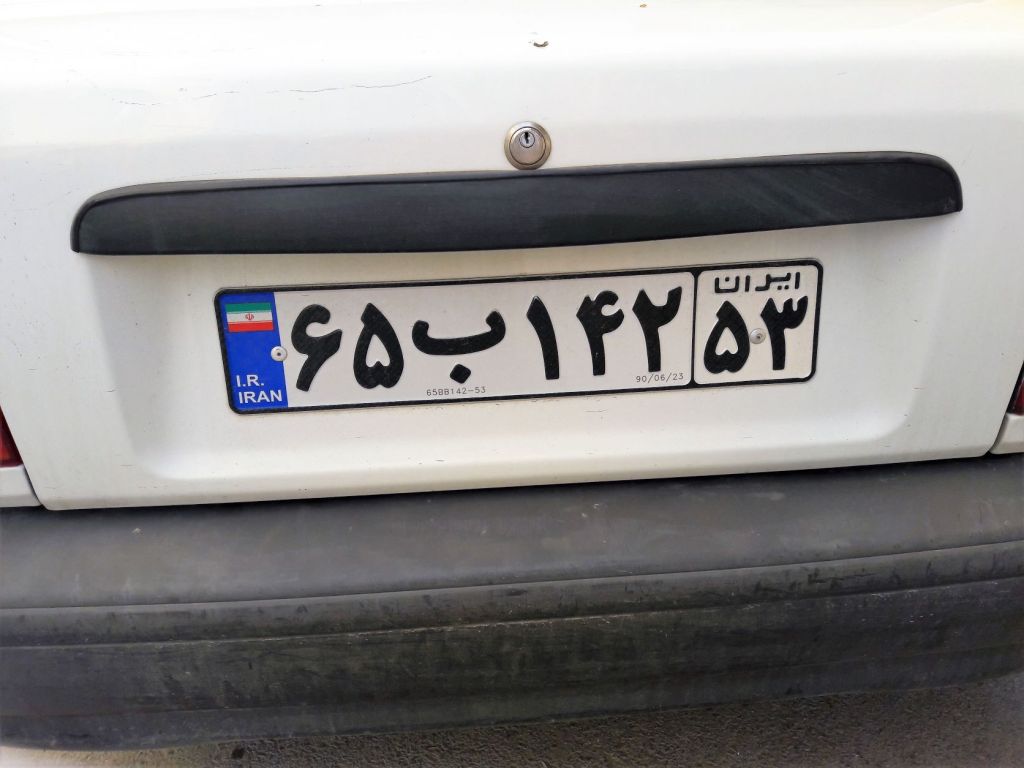
Phones:
Apart from being blocked on the above listed sites, my Irish mobile phone had no problem receiving and making calls/texts. I purchased an IranCell SIM card for €5 at my hostel in Tehran which provided me with data on the go as well as calls/texts.
Best time to visit Iran:
Given Iran’s size and geography, the weather will vary significantly but, if you do not wish to melt, avoid the late May – September period. I visited during mid-April and the coolest temperatures were in Tehran (20°C) with the hottest in Yazd (28°C). Even though the dress code is conservative, bring sunblock for the uncovered parts.
Iranians advised against visiting during Nowruz (Persian New Year) which begins at the Spring Equinox in March and continues until the first week of April. Muslim people around the world have always advised me to avoid travelling to a Muslim country during the month of Ramadan. Ramadan dates vary from year to year.
Health:
I found Iran to be an exceptionally clean country with high standards of hygiene. Apart from the bug that bit my face on my second-last night and the low humidity in Yazd, I encountered no problems. However, the re-imposed US sanctions hampered medical supplies so I would strongly advise to bring extra amounts of your medication plus personal quantities of general remedies.
Electrical Plugs:
The standard continental European type which is the two round pin plug/socket of 220V-240V.
ACCOMMODATION
Western-style hotels in Iran are expensive but there are excellent alternatives. Here is where I stayed:
Tehran:
Iran’s capital city was by far my favourite part of the trip, loving the city’s vibe. Check out my post on Things to do in Tehran. I stayed in the excellent See You in Iran hostel which I discovered through the UK’s The Guardian newspaper. SYI Iran serves a limited but tasty selection of evening meals and has a Cultural House where you can meet locals.
Esfahan:
I stayed in a homestay from homestay.com which was an amazing experience. Check out my post on Isfahan Attractions which contains further information on travelling to this city. Esfahan/Isfahan…locals spell it both ways.
Yazd:
I stayed in Sunny Land Guest House via the Hostelworld website. This traditional guesthouse was a relaxing experience with friendly and efficient staff. The breakfast was also very good. The staff arranged a private transfer (€30 for one person or €15 for two people) to Shiraz via the UNESCO sites of Pasargadae, the Naqsh e Rostam necropolis, and Persepolis. The transfer excluded food and entry to the sites.
Yazd Travel Guide covers my time in Iran’s desert city.
Shiraz:
I stayed in the popular Niayesh Hotel. My initial hotel said my room was unavailable due to plumbing issues and offered another room at half price. I suspected that I had been bumped out and my suspicions were confirmed when I arrived the hotel. The newly-assigned room was uninhabitable and other guests who heard the conversation confirmed that the hotel was completely booked out. I left and re-traced the private transfer’s journey back to the Niayesh area where the taxi had previously dropped the other two travellers.
My Shiraz Travel post covers my time in that city.
Iranian ensuite showers have no curtain/dividing panel so water will splash everywhere.
TRANSPORT
Getting to Iran:
I travelled with Turkish Airlines via Istanbul. I flew into Tehran’s Imam Khomeini International Airport (IKA) for the inbound leg. For the return leg I departed from Shiraz Airport (SYZ) using Turkish Airlines multi-city booking mechanism. This saved on a day’s travel back to Tehran.
At the time of my visit, the only airlines with direct flights from Western Europe to Tehran were Lufthansa from Germany and Austrian Airlines from Vienna.
Getting around Iran:
l used a combination of methods. For onward transport from Tehran’s Imam Khomeini International Airport check out the IKA website. Only take the yellow (or sometimes white) taxis waiting immediately to the left of the international arrival exit. They will have their company’s website URL written on the car. Taxis are available 24 hours.
Line 1 of Tehran’s metro goes as far as IKA but has limited hours. With 8 million people, Tehran is a very large city and I found the metro an excellent way of traversing the Iranian capital. I walked around Esfahan, Yazd and Shiraz.
I found taxis a rip off unless booked by my accommodation provider. Instead I used Snapp, Iran’s answer to Uber, downloadable through Google Play. The Snapp drivers’ English skills were on par with my Farsi efforts (i.e. not good) but I found them to be honest, courteous and delivered an excellent service.
For inter-city bus journeys I recommend the VIP option. These buses only cost 100K Rial extra but have comfortable reclining seats. Some bus companies have free snacks on board and all stopped for a toilet break.
As a pedestrian, beware of bikes and motorbikes strewn on footpaths. Traffic is crazy so take care at pedestrian crossings as well.
TALKING TO LOCALS
Chatting with locals was one of the main activities I undertook during my visit to Iran. Not only did I engage in the usual holiday small talk but I found it surprisingly easy to discuss matters of a political nature. Perhaps people were keen to show that their reality inside Iran differed greatly from the misconstrued international public perception of them. My conversations were limited to English-speaking Iranians.
External Issues
USA: Apart from Barack Obama and his administration, Iranian people expressed frustration with the policies of every US President since Dwight Eisenhower. That shouldn’t be a surprise given the history between the two countries. Donald Trump’s views on women and minorities appalled the Iranians I spoke to.
On the other hand, Iranian people expressed huge goodwill and admiration for American people. I didn’t ask whether this has always been the case but Tuesday 11th September 2001 (9/11) continually kept coming up in conversations. People I spoke to, who remember the date, were horrified at the act of terror. Media reports showed Iranians holding candlelit vigils for the 9/11 victims at the time. A number of people I spoke to in Tehran confirmed this.
Since the time of the ancient Silk Road, Iranians have been traders. Being business people at heart, Iranians expressed a great admiration for US citizens who achieved commercial success. Iranians also had an admiration for the high output of cultural creativeness and technological advancements from the US. Iranians would love to see more tourists from the US visit. Pretty much every Iranian I spoke to was open to trading with the US.
ISRAEL: Iranian governments don’t recognise the State of Israel but the Iranians I spoke to do. They see a two-state Israel/Palestine solution as the best way of resolving issues in the region.
In 2005, the then Iranian President Mahmoud Ahmadinejad threatened to wipe Israel off the map, a statement that every Iranian I spoke to considered an act of madness. In fact, few rated Ahmadinejad highly with one person calling him the Donald Trump of Iran.
SAUDI ARABIA: Iranians shared their government’s deep mistrust of Saudi Arabia. Firstly, they consider Saudi Wahhabism as an extremist movement that has sullied the name of Islam. They kept reminding me that 15 of the 19 9/11 plane hijackers were Saudi citizens. Secondly, Saudi’s mistreatment of Shia Muslims angered them.
RUSSIA: International relations between Iran and Russia were good when I visited and this was reflected in people’s viewpoint of Russia as a superpower they could trust. Iranians consider Vladimir Putin the shrewdest world leader of current times and a man not to be messed with. But they had faith in their administration in dealing with him.
CHINA: The views on China were very similar to the Russia experience. Iranians also see China as the top superpower of the 21st century.
UK: Of all the countries discussed, viewpoints of the UK varied widely. Some Iranians were never going to forgive the UK for MI6’s role in the 1953 coup while others were wary due to Britain’s centuries-old presence in Persia, a presence which hasn’t always worked out in the local’s favour.
In 1981, Winston Churchill Street in Tehran (location of the British Embassy) was re-named Bobby Sands Street in honour of the IRA hunger-striker turned parliamentarian, a move designed to infuriate the British (It succeeded).
EU: There was universal trust and respect for the European Union. Iranians want the EU to play a greater role in world affairs than it already does.
Internal Issues
RELIGION: As an Islamic Republic, religion plays a huge role in official Iranian affairs. Iranian people are portrayed as conservative and intolerant of other faiths but this perception is far from the reality I experienced.
Firstly, I’m not Muslim but yet I was welcomed into mosques, with attendants more than helpful in kitting me out in a chador where required or facilitating me in any other way. Much of the conversation I had with Iranian people took place in and around mosques.
I found Iranians to be tolerant of other religions. They were respectful and understanding of a person’s choice of religion and equally respectful of those who choose not to follow any.
SOCIETY: This is where the viewpoint of Iranian people differed the greatest from the official government stance. Women do not have the same legal rights as men. In reality, the Iranian men and women I spoke to see each other as equals and hope the government will one day do the same.
As for LGBT rights in Iran, there are none. Homosexuality is punishable by death. In reality, the few Iranians I spoke to on the topic were tolerant of the LGBT community.
People from neighbouring countries have sought refuge in Iran from violence in their own countries. According to the UNHCR there are 3 million Afghan refugees in Iran. Iranians were welcoming of refugees although feared that ISIS extremists may be among the many genuine applications.
POLITICS: Since 1979, the Supreme Leader, currently Ayatollah Khamenei, rules over pretty much everything. He chooses the Guardian Council who in turn choose presidential candidates. Presidential and civil appointments need to be signed off by the Supreme Leader as do changes in laws and budget approvals.
Most of the Iranian people I spoke to did not want regime change but wanted the current system of governance tweaked. Nobody rejected the position of the Ayatollah as Supreme Leader but wanted the elected President to have more executive administrative powers in the same way governments in other countries do.
Most people expressed satisfaction with the Iranian parliament but envied the Irish constitutional amendment process – We hold referendums to change our constitution. Iranians were gobsmacked at the Irish ease of access to parliamentary representatives.
The rise of ISIS and associated extremists was the greatest fear of the people I spoke to. People explained that such groups have existed since the time of the Muhammad and are as much of a scourge to Muslims as they are to the non-Muslim world.
Extremism is also why the people I spoke to are happy to trade certain freedoms for security assurances. Security of natural resources was also a huge concern for Iranians. Iran has the second-largest gas reserves and fourth-largest oil reserves in the world.
SOLO FEMALE TRAVEL IN IRAN: FINAL WORDS OF ADVICE
Iran is a country with a rich history and culture so there is much to see including over 20 UNESCO World Heritage sites. The country’s relatively isolated status for many years means the locals will use your visit to share their stories and opinions. Talking to people and drinking their offers of tea was my favourite activity of the trip.
If you are lucky enough to be invited to a person’s house or stay in a homestay like I did, just remember to leave your shoes at the door.
The route I took is the typical tourist route and I would recommend it to those on pre-paid guided tours for one reason: You will not have to endure the rip-off mentality of service providers, taxi drivers in particular, on a guided tour.
Independent travellers will also need to be aware of what I call spotters. These are people who will make friendly small talk and then suggest going to a specific cafe/restaurant (usually expensive) where they earn commission from the owners who then charge the unsuspecting tourist top price for the food/drinks.
Independent travellers I met who travelled outside of the typical tourist areas had a much better experience with taxis and other services. However, if you’re confident in fighting your corner then you’ll be okay. Yes, they are trying to make a living in a country which is experiencing sanctions but there is such a thing as fairness. My Snapp drivers all got tips for their excellent service. One good turn deserves another.
So, to answer my initial question, was I mad to go to Iran alone? No.
Do I recommend visiting Iran? Absolutely yes.


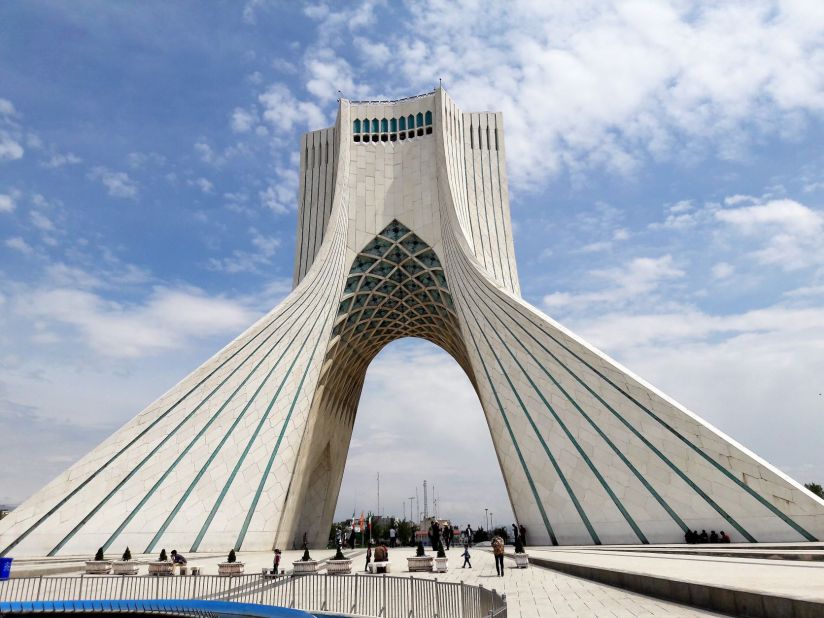
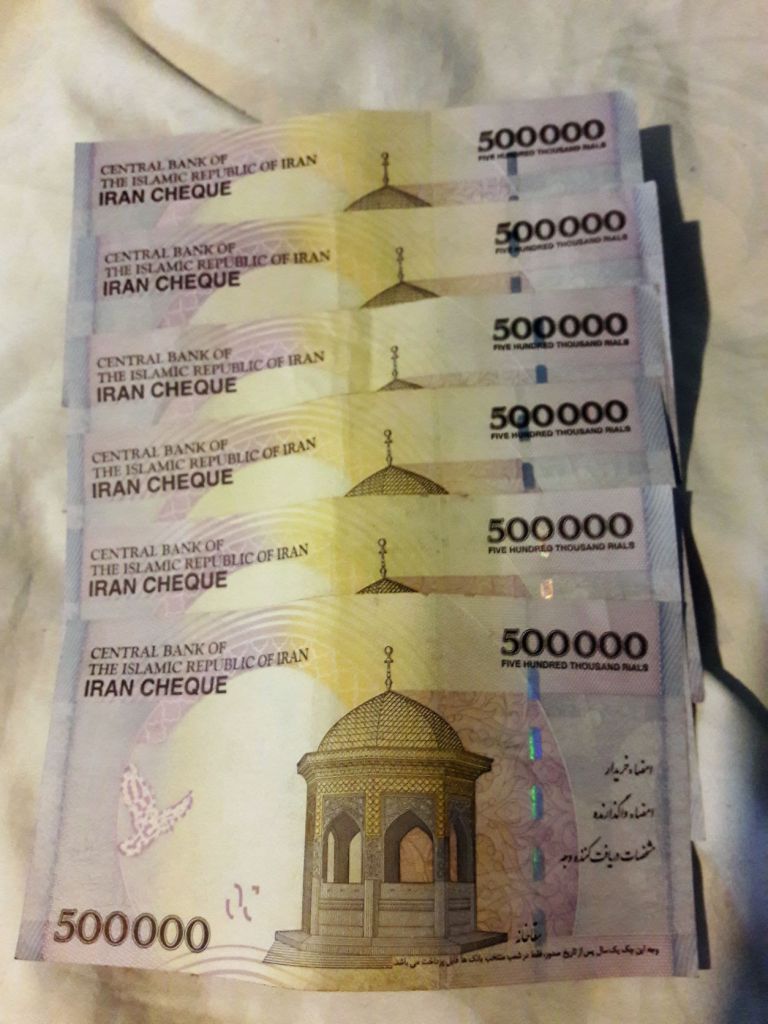
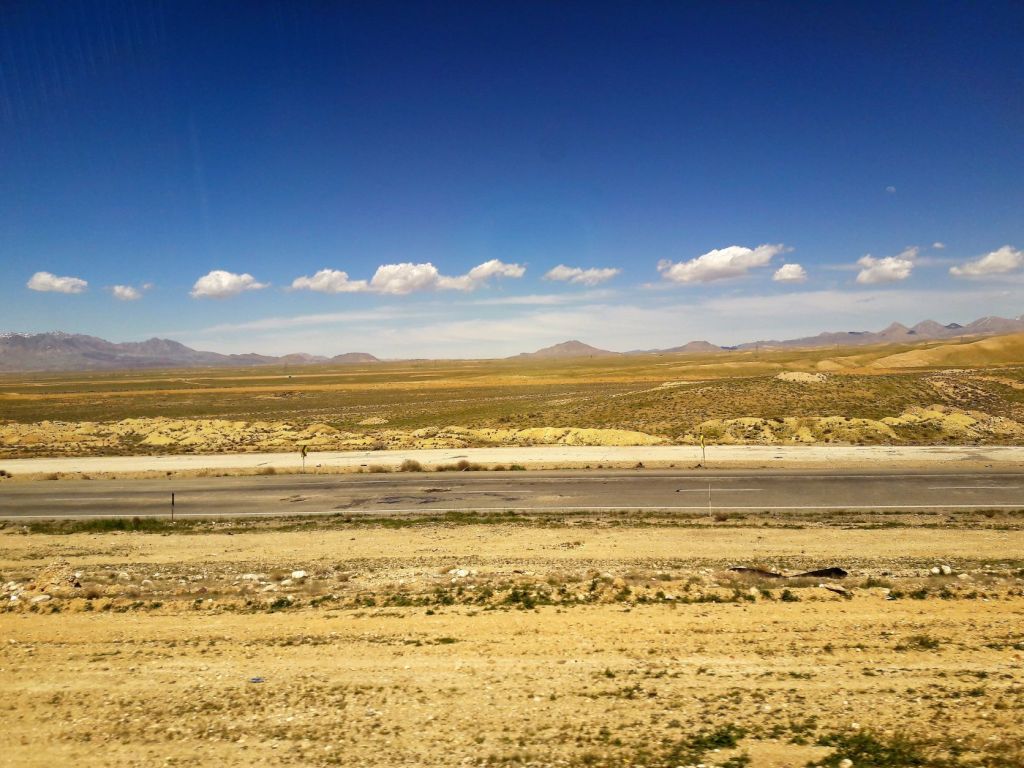
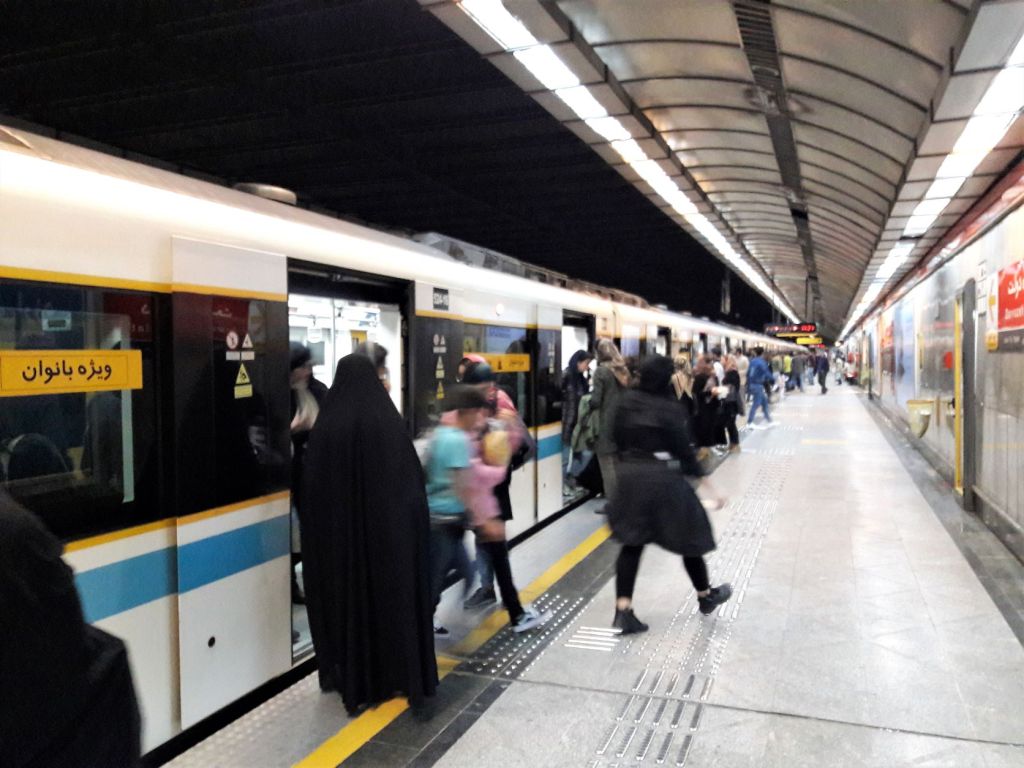
Very interesting post. Hope to visit Persepolis some day. I wont be traveling alone but the blog is very relevant for all travelers.
LikeLiked by 2 people
Thanks Marie. I tried to make the post relevant to all travellers while at the same time share my own experience of solo travel in Iran.
LikeLiked by 1 person
This is very inspirational, thanks for sharing! So many useful information as well, Iran is one of the countries I´d love to visit for some time already so I´ll definitely be bookmarking your post. x
LikeLiked by 1 person
Thanks Katja. I’m glad my post will be of use to you.
LikeLike
I’ve only heard good things about traveling Iran! Such a great and informative post – I’m solo traveler as well 😊 Definitely save this for later!
LikeLiked by 1 person
Thank you for your comments, Nina. I’m glad you’ve found it useful.
LikeLike
A really interesting post that should be ready by everyone who is worried about visiting Iran!
LikeLiked by 1 person
Thanks Katie. I was surprised at how safe Iran was.
LikeLike
This is mad!! Lol that was my first thought when I read the title lol but you made Iran sound so personable. It’s never been on my list of places to visit but I might think about it a little now. As a black woman might be a bit different lol but still, well done!
LikeLiked by 1 person
Thanks for the feedback. It’s really interesting that you raised the issue of ethnicity as I’m always interested in hearing about the experiences of different travellers. Iran is a Silk Road country so they have been dealing with travellers for for centuries.
LikeLike